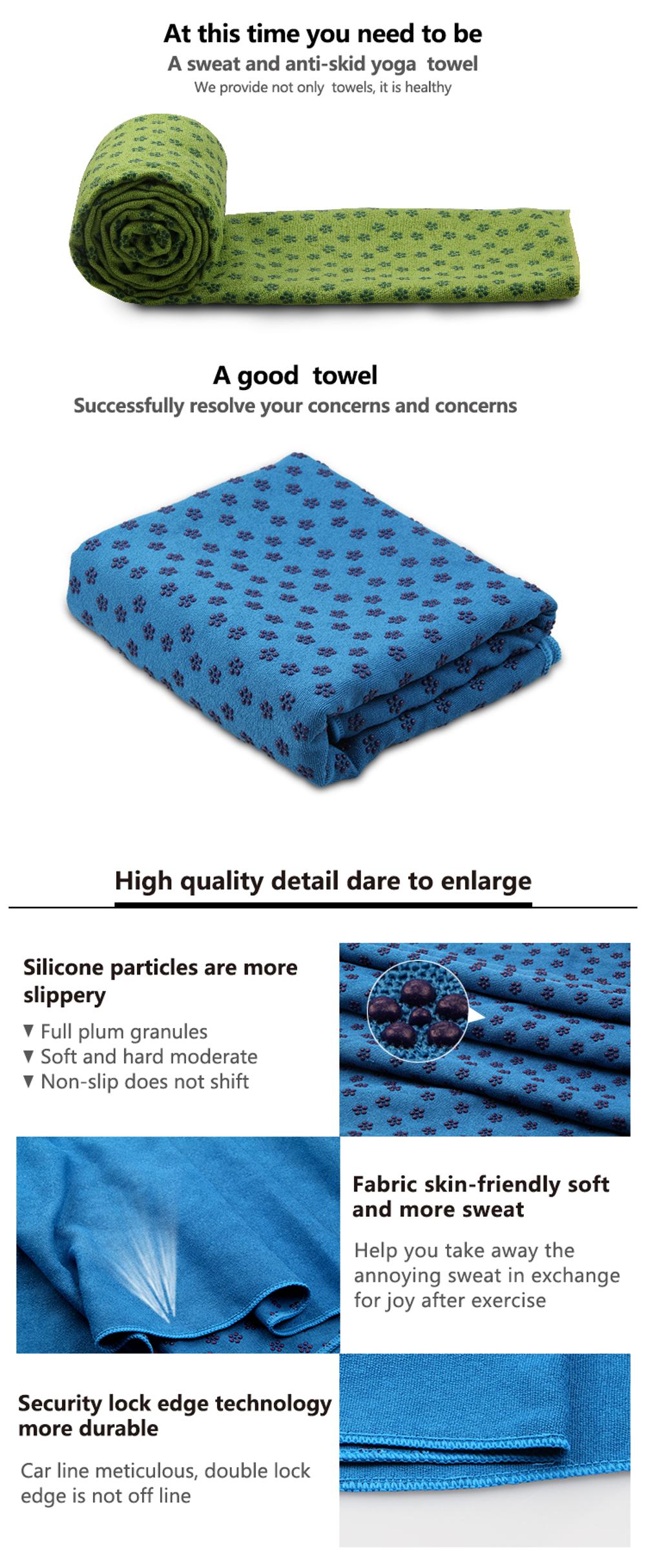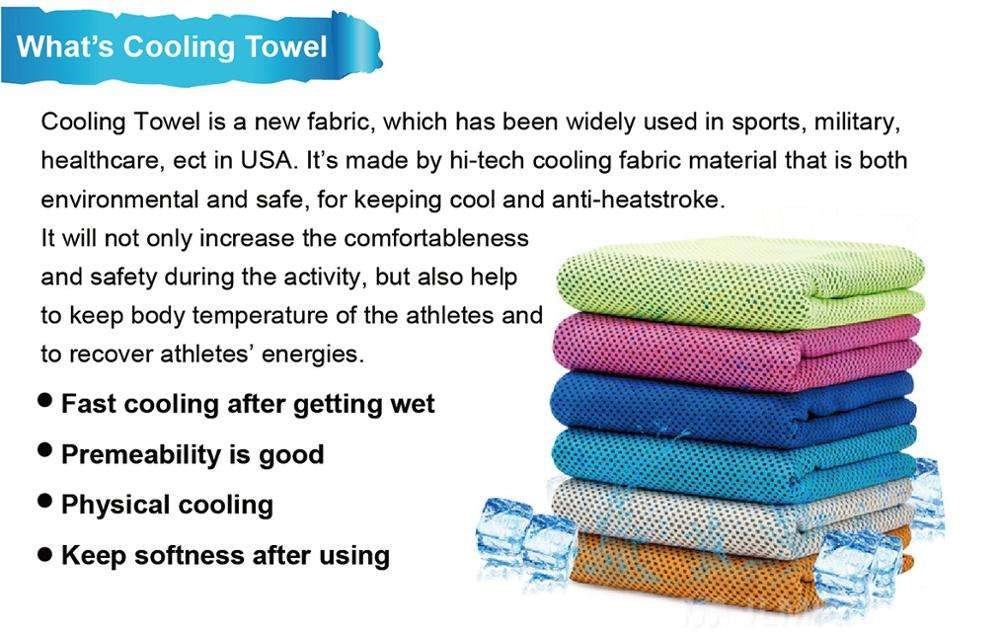Title: Learning to Fold Towels in a Small Group Setting
In a small group setting, participants will learn how to fold towels effectively. This hands-on activity is not only a practical skill but also a valuable team-building exercise. The group will discuss the importance of towel folding, including its role in organization, space utilization, and sustainability. Through demonstration and interactive practice, individuals will gain confidence in their folding techniques while also developing their ability to work collaboratively. This activity can be tailored to meet the needs of various age groups and can be used as a fun and educational activity for both individuals and teams.
In the realm of early childhood education, teaching children fundamental daily living skills is integral to their overall development. One such skill that is often overlooked is the basic task of folding towels. This lesson plan aims to fill that gap by providing a structured and engaging learning opportunity for small group of children to master the art of towel folding.

Session Objectives:
The primary objective of this session is to teach children in a small group setting how to fold towels effectively. This is accomplished through a series of step-by-step instructions, modeling, and hands-on practice.
Target Age Group:
This lesson plan is designed for preschoolers, specifically those in the 3- to 5-year-old age range. This age group is chosen because it represents the early stages of cognitive and motor skill development, making it an ideal time to introduce basic concepts of self-care.
Session Materials:
Bath towels (one per child)
*orbent pads (one per child) or large pieces of paper
Pencils or crayons
Demonstration video of towel folding (optional)
Session Preparation:

Before the session commences, educators should prepare the necessary materials for each child, including a towel, anorbent pad, and drawing utensils. They should also gather the children in a designated learning area, ensuring that the space is large enough for the children to work comfortably in their individual stations.
Session Outline:
1、Introduction: The educator begins by introducing the concept of towel folding to the children. They explain why it is important to learn how to fold towels, such as for personal hygiene and to help keep their bathroom organized. The educator also demonstrates their own mastery of the skill by folding a towel in front of the children.
2、Step-by-Step Instructions: The educator then provides the children with a series of step-by-step instructions on how to fold a towel. These instructions are presented in a way that is accessible to all children, including those with varying levels of language development. The educator starts by folding their own towel in front of the children, talking them through each step. They then model the steps on a larger piece of paper or anorbent pad, which acts as a visual aid for the children. Finally, they provide each child with a towel and allow them to try folding it themselves, while the educator provides support and encouragement.
3、Drawing Practice: After mastering the basic steps of towel folding, the children are then introduced to drawing practice. They are given a piece of paper or anorbent pad and are encouraged to draw pictures of their folded towels. This activity helps to solidify their understanding of the concept by combining art and science. It also provides them with a visual reminder of what they have learned. The educator walks around and helps the children if they get stuck or need assistance.
4、Evaluation and Feedback: At the end of the session, the educator evaluates each child's progress in folding their towels. They provide feedback on both the quality of the fold and the child's effort level, emphasizing the importance of perseverance and self-improvement. The educator also encourages the children to share their finished products with each other, which fosters a sense of pride and accomplishment. Additionally, it allows for social interactions among the children, enhancing their overall learning experience.
5、Conclusion: The session concludes with a brief discussion on the importance of personal hygiene and how mastering basic tasks like towel folding can help children become more independent and self-sufficient. The educator then encourages the children to continue practicing their newfound skill at home with their families, which serves as a valuable extension activity for parents to participate in with their children.
This lesson plan is designed to be both engaging and educational for preschoolers, providing them with a hands-on learning experience that is both fun and practical. By combining step-by-step instructions, modeling, drawing practice, and evaluation, this session offers a comprehensive approach to teaching children how to fold towels, all while fostering their overall development as individuals.
Articles related to the knowledge points of this article:
Title: The Art of Tie Clips: A Symbolic Reflection of Personal Style and Culture
Title: The Symbolism behind Gifting a Tie
Title: Mastering the Art of Leisure Tie Knots: A Guide to Casual Tie Knots
Feathered Inner Layers for Winter Coats
Title: Understanding the Price Range of Boss Ties: A Comprehensive Guide
Title: Mastering the Art of Tying a Tie: A Step-by-Step Guide



